

Mitchell Lane PUBLISHERS
Copyright 2006 by Mitchell Lane Publishers. All rights reserved. No part of this book may be reproduced without written permission from the publisher. Printed and bound in the United States of America.
Printing 2 3 4 5 6 7 8 9
A Robbie Reader/Natural Disasters
The Ancient Mystery of Easter Island
The Bermuda Triangle, 1945
Bubonic Plague
Earthquake in Loma Prieta, California, 1989
The Fury of Hurricane Andrew, 1992
Hurricane Katrina, 2005
The Lost Continent of Atlantis
Mt. Vesuvius and the Destruction of Pompeii, A.D. 79
Mudslide in La Conchita, California, 2005
Tsunami Disaster in Indonesia, 2004
Where Did All the Dinosaurs Go?
Library of Congress Cataloging-in-Publication Data
Roberts, Russell, 1953
Mt. Vesuvius and the destruction of Pompeii/by Russell Roberts.
p. cm. (A Robbie Reader) (Natural disasters what can we learn?)
Includes bibliographical references and index.
ISBN 1-58415-419-5 (lib. bd.)
1. Pompeii (Extinct city) Juvenile literature. 2. Vesuvius (Italy)Eruption, 79 Juvenile literature. I. Title. II. Series. III. Series: Natural disasters what can we learn?
DG70. P7R63 2005
937.7dc22
2005009697
ISBN-10: 1-58415-419-5
ISBN-13: 9781584154198
eISBN: 978-1-54574-951-7
ABOUT THE AUTHOR: Russell Roberts has written and published over 35 books for adults and children on a variety of subjects, including baseball, memory power, business, New Jersey history, and travel. He has also written numerous books for Mitchell Lane, including Pedro Menendez de Aviles, Philo Farnsworth Invents TV, Robert Goddard, Bernardo de Galvez, and Where Did the Dinosaurs Go? He lives in Bordentown, New Jersey, with his family and a fat, fuzzy, and crafty calico cat named Rusti.
PHOTO CREDITS: Cover, pp. 1, 4, 6 Barbara Marvis; p. 8 USGS/Lyn Topinka; p. 10 Andrea Pickens, p. 13 USGS/Lyn Topinka; p. 14 Jamie Kondrchek; p. 17 Barbara Marvis; p. 18 Andrea Pickens; p. 20 Barbara Marvis; p. 23 John Mcconnico/Associated Press; pp. 24, 26 Barbara Marvis
PUBLISHERS NOTE: The following story has been thoroughly researched and to the best of our knowledge represents factual events. While every possible effort has been made to ensure accuracy, the publisher will not assume liability for damages caused by inaccuracies in the data, and makes no warranty on the accuracy of the information contained herein.
PLB 2
TABLE OF CONTENTS
Chapter One
Lunchtime
Chapter Two
Volcanoes
Chapter Three
Eyewitness
Chapter Four
Trapped
Chapter Five
Rediscovery
Words in bold type can be found in the glossary.
 CHAPTER ONE
CHAPTER ONE
LUNCHTIME
It is lunchtime on August 24 in A.D. 79. A family gets ready to eat. Slaves bring their food. But the family will never eat it.
The family lives in the city of Pompeii (pom-PAY). Pompeii is part of the Roman Empire . Rome is very powerful and controls many other countries.
Pompeii is a busy city of 20,000 people. It is on the Bay of Naples in southern Italy, about 150 miles south of Rome. It has a pleasant climate, and people go there for vacation. Pottery and glass are made in Pompeii. So is cloth for clothing. There are bakeries and laundries. People buy food in a large outdoor market. They watch plays in theaters and pray to gods in temples.

The remains of a bakery in Pompeii. The eruption happened so quickly that some loaves of bread were left baking.
Pompeii is a very modern city for the time. Gutters in the street carry away sewage. Pipes bring in fresh water. There are three public baths so the people can stay clean.
Several miles away is a mountain. It is called Vesuvius (vuh-SOO-vee-us). People hunt in its woods. They plant fruit orchards on its slopes. Vesuvius seems like a friendly neighbor.
It is not. Vesuvius is actually a volcano (vahl-KAY-no). Nobody in Pompeii knows that. It has not erupted for over one thousand years. But that does not mean it cannot erupt again.
Early in August of A.D. 79, unusual things begin happening. Several tremors (TREH-murs) occur. Tremors are small vibrations of the earth. Some wells dry up. On August 20 there is a bigger earthquake. Birds get quiet. Horses and cattle are excited. These are signs that Vesuvius is about to erupt.

In Washington State in 1980, Mount St. Helens erupted. When Mt. Vesuvius erupted, it might have looked a lot like this.
But nothing seems unusual at lunchtime on August 24. Just as the food is served to the family, there is a loud roar. Vesuvius is erupting! Hot rocks and gases from the volcano shoot 17 miles into the air.
The family runs outside. An angry black cloud covers the sun. It is dark as night. Earthquakes shake the ground. Vesuvius is spitting fire.
Many people are running out of Pompeii. The family runs, too. They leave behind their house and all their possessions. The road is crowded and dark. Everyone is scared.
The family is lucky. They escape unharmed. Others are not so lucky. They decide to stay and take shelter in their homes. They think they are safe.
They are wrong.
 CHAPTER TWO
CHAPTER TWO
VOLCANOES
What is a volcano?
A volcano is a high hill or mountain with a hole at its summit (SUH-mut). The hole lets hot gases and magma (MAG-muh) escape from deep inside Earth. Magma is melted rock. Magma that flows to the surface is called lava (LAH-vuh). When lava meets air, it cools and gets hard. Each time lava comes out and hardens, it makes the volcano bigger.
Sometimes magma hardens inside the volcano. It blocks anything from escaping. It is like a cork. Pressure builds up over time. Finally the pressure gets too great. It blows the cork out, and the volcano erupts.
There are volcanoes all over the world. Many are like Vesuvius. They are on land and can easily be seen. Others are under the oceans. The country of Indonesia in Southeast Asia has the most volcanoes.
Volcanoes do some good things. They make rich soil for growing crops. They supply minerals like zinc and copper. They put water vapor into the air.
But eruptions are usually deadly.
There have been many famous volcanic eruptions. In 1815 in Indonesia, a volcano called Tambora erupted. It was one of the biggest eruptions in history. Tons of dust and gas shot into the sky. The eruption even changed the weather. It rained where it usually did not. It did not rain where it usually did. In the United States, the dust and gas made it cold in the summer. Because of this, 1816 was called the year without a summer. Crops and animals died. New England had frost in July and August.
Krakatau (krah-kuh-TAU) was another big eruption. It occurred in 1883. Krakatau is also in Indonesia. The eruption created giant waves called tsunamis (soo-NAH-meez). They killed nearly 40,000 people.
Mount St. Helens is a volcano in Washington State. It erupted on May 18, 1980. Sixty-four people were killed, and the mountain lost more than one thousand feet of its height.
Next page
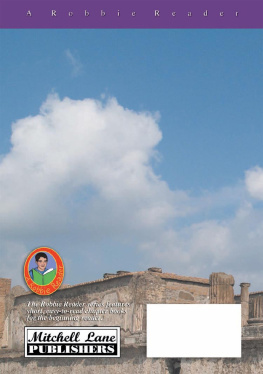


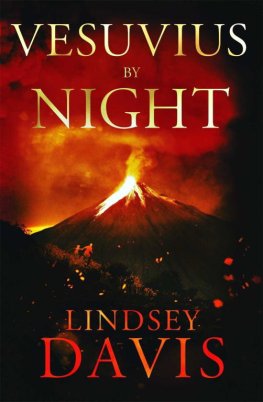
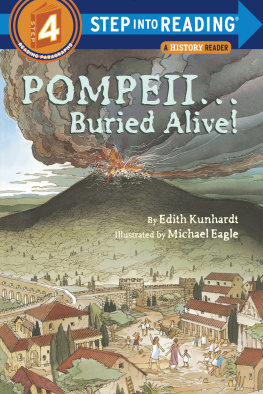
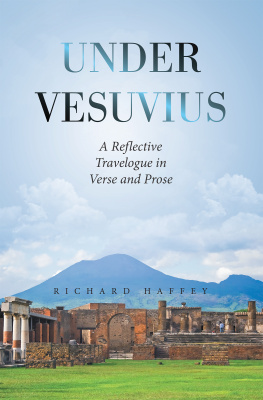
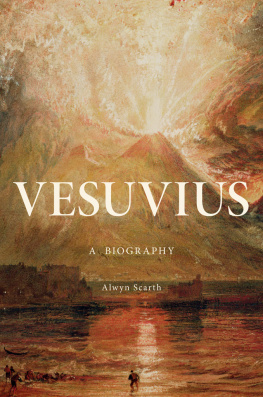
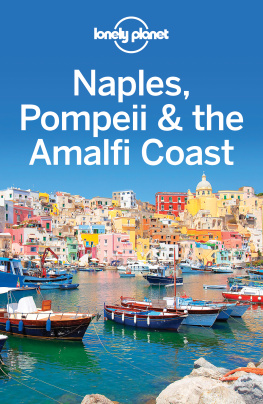
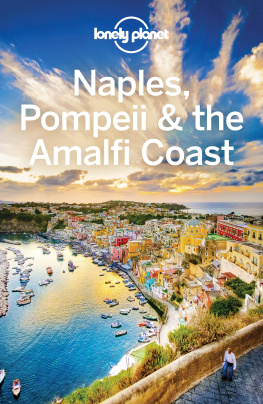

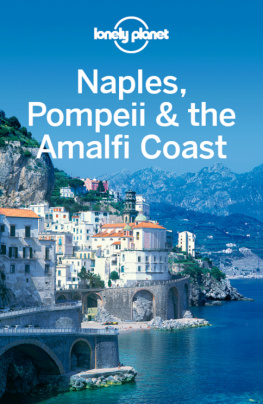
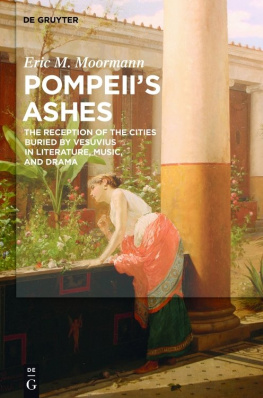
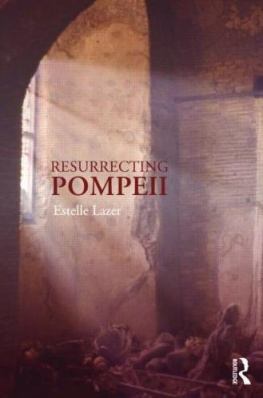


 CHAPTER ONE
CHAPTER ONE
